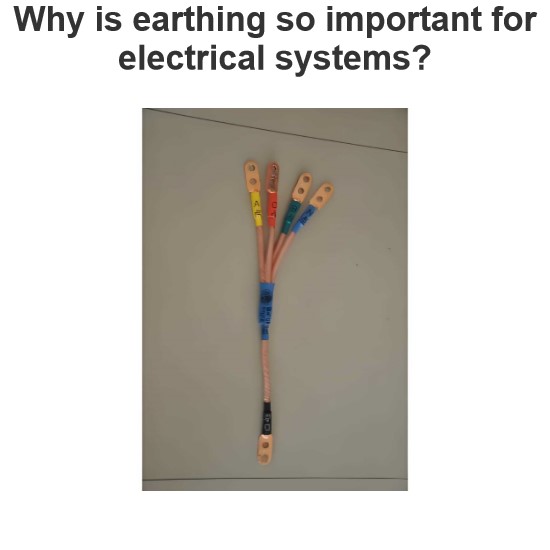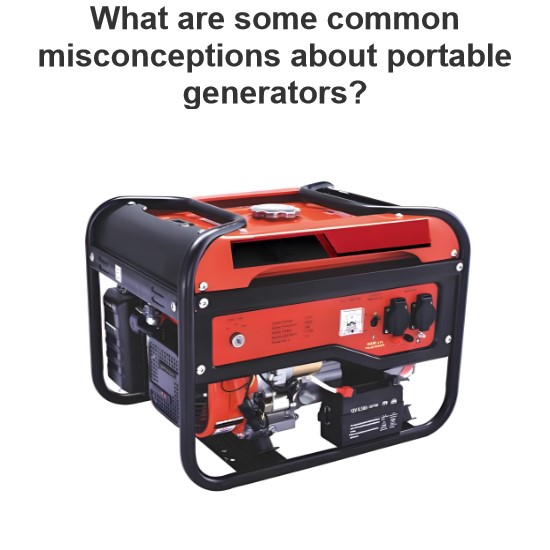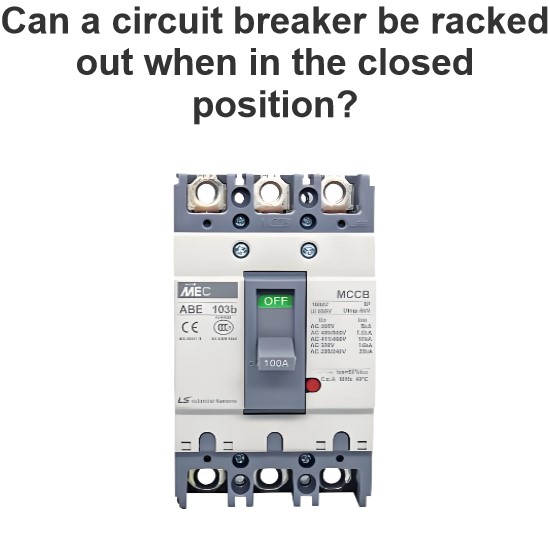How can we connect a 3 generator 500mw in parallel?
Parallel connection of three 500MW generators requires the following steps and meeting relevant conditions:
Preliminary preparation
Equipment inspection
Conduct a comprehensive inspection of each generator, including the stator, rotor, windings, insulation and other parts, to ensure that its mechanical structure is intact, electrical performance is normal, and there are no potential faults or damages. For example, check whether there are short circuits or open circuits in the stator windings, and whether the rotor rotates flexibly.
Confirm that the generator's control system, protection devices, etc. can work normally. For example, overcurrent protection, overvoltage protection, undervoltage protection and other devices need to be tested and calibrated to ensure that they can act accurately during parallel operation and protect the safety of the generator.
Site preparation
Provide a suitable installation site. The site should have enough space to place three generators and related parallel equipment, and ensure good ventilation of the site to facilitate the heat dissipation of the generators.
Level and strengthen the ground of the site to ensure that the generator can remain stable after installation and avoid excessive vibration or displacement of the generator due to uneven or unstable ground.
Meet parallel conditions
Same phase sequence: Check that the phase sequences of the three generators must be exactly the same. Tools such as phase sequence meters can be used to detect the phase sequence. If the phase sequence is incorrect, the wiring of the generator needs to be adjusted to ensure that the order of phase A, phase B, and phase C is the same. For example, connect a phase sequence meter to the output terminal of the generator, and judge whether the phase sequence is correct according to the indication of the phase sequence meter. If it is incorrect, swap any two phase lines at the output terminal of the generator to adjust the phase sequence.
Same frequency: Adjust the speed of the three generators to close to the rated speed to make their output frequencies very close. Generally, the frequency difference is required to be within ±0.5Hz. By adjusting the governor of the prime mover (such as diesel engine, steam turbine, etc.) of the generator, the speed of the generator is changed to adjust the frequency. A frequency meter can be used to monitor the output frequency of the generator until the frequencies of the three generators meet the requirements.
Same voltage: Adjust the excitation current of each generator to make their output voltages equal. Generally, the voltage difference is required to be within ±5%. Use a voltmeter to measure the output voltage of the generator, and change the output voltage of the generator by adjusting the excitation current of the excitation system to meet the parallel connection requirements. For example, if the output voltage of a generator is too high, its excitation current can be appropriately reduced to lower the voltage; on the contrary, if the voltage is too low, increase the excitation current to increase the voltage.
Same phase: This is a key condition. It is necessary to ensure that the voltage phases of the three generators are completely the same. Equipment such as synchronous indicators can be used to monitor the phase. During the process of adjusting frequency and voltage, observe the pointer or light signal of the synchronous indicator. When the pointer points to the synchronous position or the light signal shows that the phases are the same, it means that the phase of the generator meets the parallel connection requirements.
Connect parallel circuits
Install parallel connection cabinet: If possible, it is recommended to use a parallel connection cabinet for the parallel operation of generators. The parallel connection cabinet contains necessary switches, contactors, protection devices and other equipment, which can conveniently realize the parallel connection and control of generators. Connect the output cables of the three generators to the corresponding input terminals of the parallel connection cabinet. Note that the cross-sectional area of the cable should be large enough to meet the requirements of current transmission, and the connection should be firm to avoid poor contact.
Direct connection: If there is no parallel connection cabinet, the output terminals of the three generators can also be directly connected together, but this method requires more cautious operation. First, turn off the output switches of the three generators, and then connect phase A, phase B, and phase C of them correspondingly. The connection points should be firm and reliable. During the connection process, pay attention to good insulation protection to avoid short circuit accidents.
Debugging and testing
No-load debugging: After completing the parallel connection, do not connect the load first and conduct no-load debugging. Start the three generators and check whether their operating status is normal, including whether the speed, voltage, frequency, etc. are stable, and whether there are abnormal vibrations, noises, etc. At the same time, check whether the connection of the parallel circuit is correct and whether there are abnormal phenomena such as heating and arcing.
Load test: After the no-load debugging is normal, the load can be gradually increased for load testing. Observe whether the output voltage and frequency of the generator can remain stable, and whether the load distribution among the generators is uniform. Equipment such as power analyzers can be used to monitor parameters such as the output power, current, and power factor of the generator to ensure that the generator can meet the load requirements in the parallel operation state.
During the entire parallel connection process, it must be operated by professional electrical engineers or technicians, and relevant safety specifications and operating procedures must be strictly followed to ensure the safety and success of the parallel connection operation. If you are not familiar with or uncertain about the parallel connection operation, it is recommended to conduct simulation experiments first or consult professional power companies or equipment manufacturers.
The Electricity Encyclopedia is dedicated to accelerating the dissemination and application of electricity knowledge and adding impetus to the development and innovation of the electricity industry.




